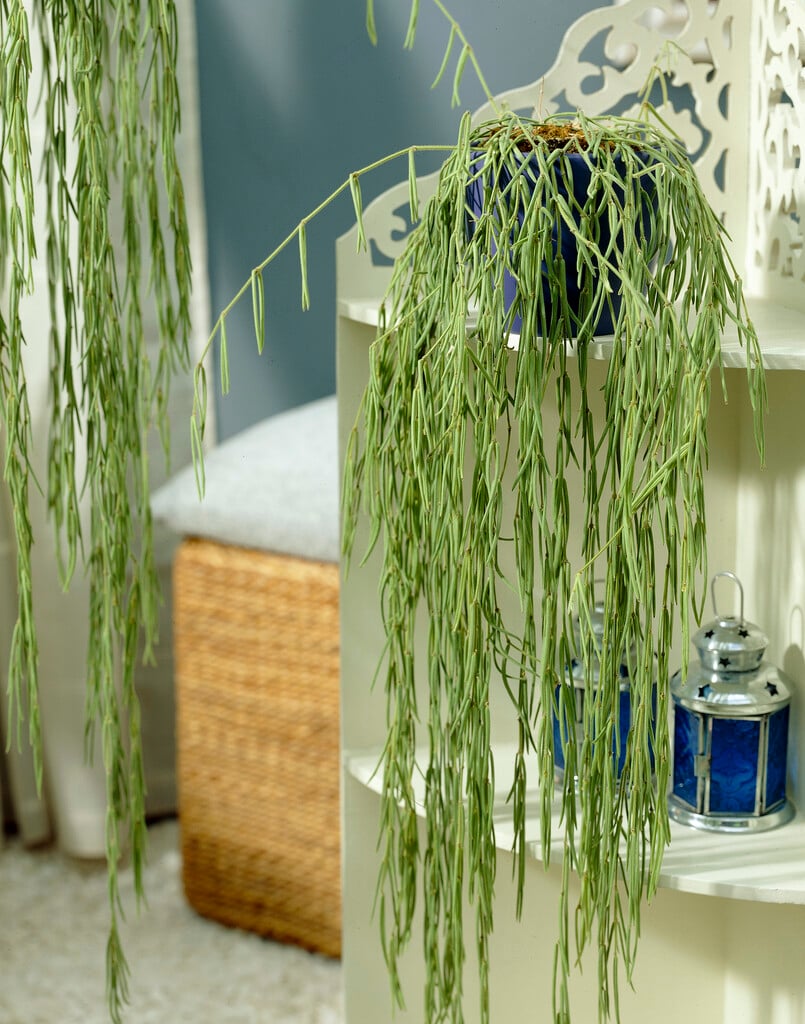Size
Ultimate height
1–1.5 metresTime to ultimate height
5–10 yearsUltimate spread
0.1–0.5 metresGrowing conditions
Moisture
Well–drainedpH
Acid, Alkaline, NeutralColour & scent
| Stem | Flower | Foliage | Fruit | |
| Spring | Green | |||
|---|---|---|---|---|
| Summer | White | Green | ||
| Autumn | Green | |||
| Winter | Green |
Position
- Full sun
- Partial shade
Aspect
East–facing or South–facing or West–facing
Exposure
Sheltered Hardiness
H1BBotanical details
- Family
- Apocynaceae
- Native to GB / Ireland
- No
- Foliage
- Evergreen
- Habit
- Trailing
- Genus
Hoya are evergreen perennials, often twining climbers, with simple, leathery leaves and often fragrant flowers with 5 spreading waxy petals, followed by slender, spindle-shaped pods contained small seeds in copious silky floss
- Name status
Correct
- Plant range
- Nepal to China & Indochina
How to grow
Cultivation
Grow in a fast-draining, peat-free, loam-based compost with added extra organic matter. Position in bright, indirect light with shade from hot sun. In growth, water moderately and apply a balanced liquid feed monthly; keep just moist in winter. Hoyas resent repotting and can stay in the same pot for many years. See hoya cultivation
Propagation
Propagate by layering in spring or summer; root semi-ripe cuttings with bottom heat in late summer
Suggested planting locations and garden types
- Houseplants
- hanging basket
- Sub-tropical
- Low Maintenance
- Conservatory and greenhouse
Pruning
See pruning group 11, after flowering
Pests
May be susceptible to mealybugs
Diseases
Generally disease-free
Get involved
The Royal Horticultural Society is the UK’s leading gardening charity. We aim to enrich everyone’s life through plants, and make the UK a greener and more beautiful place.
